The Global Swiss Turn Systems Market is expected to grow from USD 8.42 Billion in 2019 to USD 11.55 Billion by 2027, at a CAGR of 3.94% during the forecast period 2020-2027.
Swiss turning denotes to a dedicated procedure for machining small, and high precision turned parts. The Swiss Screw machine, also identified as the Swiss Lathe, Swiss Automatic, and Sliding Headstock Lathe, was made in 19th century Switzerland to enable mass production of the small screws needed to upkeep the rising watch industry. It far surpasses the precision and accuracy of traditional “fixed headstock” lathes, mainly as parts become much smaller. Traditional lathes function by holding the workpiece strongly at one or both ends. While the part spins, the tools will be brought in and out of contact with the workpiece to cut away material along its entire length. Swiss Screw machine spins and slides the bar of material axially through a guide bushing. With a mounting consciousness of quality, manufacturers have started automating their manufacturing processes. The augmented need to provide greater products has driven manufacturers to use more advanced automated systems. The latest trend in the global lathe machines market is the integration of the Internet of Things (IoT) in manufacturing (Smart Manufacturing) this will gain sufficient traction in the coming years. Also, manufacturing industries in advanced and developing countries are focusing on replacing manually controlled lathe machines with computer numerical controlled (CNC) lathe machines to enhance industrial productivity and efficiency. Growing urbanization has fuelled market demand in the automotive, general machinery, and transport industry. The growth in these three main sectors has resulted in an amplified demand for metal machine tools, which ultimately, are the growing accelerators of the global Swiss turn machines market. Lack of knowledge about the benefits of Swiss Turn and high costs of the devices used in Swiss Turning might hamper the progress of the market.
The market has been segmented on the basis of type, sales channel, application, and region. On the basis of type, Swiss Turn is segmented into 0-10mm Swiss Turn, 11-20mm Swiss Turn, 21-30mm Swiss Turn, 31-35mm Swiss Turn, and 36+mm Swiss Turn. Due to the cost-benefit and popularity in the global market, the segment of 0-10mm dominated the Swiss Turn market with a market share of 35.14% in 2019 and is anticipated to grow with highest CAGR of 4.44% during forecasting period, resulting from the growing demand from downstream and the evolution of technology. Direct sales channel means that the manufacturer sells products directly to consumers away from dealers. In this way, manufacturers can get more profit due to the difference between terminal selling price to consumers and channel price to dealers. While, to acquire the larger profit, manufacturers have to invest more money and staff on the establishment of sales branches and logistics transportation channels around their major sales areas. The distribution sales channel is an important supplement of direct marketing. Today, in certain consumer goods industries, distribution has been the major marketing channel. Through sign specific contact with the professional retailers, manufacturers can get more orders without extra cost on marketing. Due to the industry characteristics, the direct sales channel holds the largest market share of 63.64% in 2019 and is expected to remain the major channel of the global Swiss Turn market in the following years. In terms of the downstream application, the Swiss Turn market can be divided into Medical devices, Electronics applications, Watch components, Military weapons, and other applications. The Swiss Turn market for the Electronics applications has the highest share of 29.47% in terms of value as compared to other application segments in 2019. The market has been divided into North America, Europe, Asia-Pacific, South America, Middle East, and Africa. Asia Pacific accounted for the highest market share of 44.38% in 2019.
There are many other key players in the swiss turn market such as Hangzhou Datian CNC Machine Tool Co., Ace Micromatic, Batliboi, Nakamura-Tome Precision Industry, HYUNDAI WIA Machine Tools, Jinn Fa Machine, Bolton Group, Jarng Yeong Enterprise, Emco, Victor Machinery Solutions, Kent Industrial, Jyoti CNC Automation, Feeler (FAIR FRIEND GROUP), Chiah Chyun Machinery Co., Prompt Integrated Technology, Chiah Chyun Machinery Co., Amera-Seiki, Goodway Machine, Yama Seiki, Yeong Chin Machinery Industries Co., Tsugami Corporation, EMAG, Huron Graffenstaden, Intelitek, Fadal Engineering, Leadwell CNC Machines Mfg, Trenshwacheon, Methods Machine Tools, Milltronics And Murata, and others.
This study forecasts revenue growth at global, regional, and country levels from 2013 to 2027. Fior Markets has segmented the on the basis of below-mentioned segments:
Chapter 1 Introduction
1.1 Research Methodology
1.2 FMR Desk Research
1.2.1 FMR Data Synthesis
1.2.2 Data Validation and Market Feedback
1.2.3 FMR Data Sources
Chapter 2 Global Swiss Turn Market Overview
2.1 Swiss Turn Definition
2.2 Global Swiss Turn Market Size Status and Outlook (2013-2028)
2.3 Global Swiss Turn Market Size Comparison by Region (2013-2028)
2.4 Global Swiss Turn Market Size Comparison by Type (2013-2028)
2.5 Global Swiss Turn Market Size Comparison by Application (2013-2028)
2.6 Global Swiss Turn Market Size Comparison by Sales Channel (2013-2028)
2.7 Swiss Turn Market Dynamics
2.7.1 Market Drivers/Opportunities
2.7.1.1 Increasing Automation
2.7.1.2 Implementation of IoT
2.7.1.3 Growing Rate Of Urbanization
2.7.2 Market Challenges/Risks
2.7.2.1 Lack Of Knowledge And High Cost Of The Devices
2.7.2.2 Frustration With Repair And Maintenance Costs
2.7.3 Market News (Mergers/Acquisitions/ Expansion)
Chapter 3 Swiss Turn Market Segment Analysis by Player
3.1 Global Swiss Turn Sales and Market Share by Player (2016-2018)
3.2 Global Swiss Turn Revenue and Market Share by Player (2016-2018)
3.3 Global Swiss Turn Average Price by Player (2016-2018)
3.4 Players Competition Situation & Trends
3.5 Conclusion of Segment by Player
Chapter 4 Swiss Turn Market Segment Analysis by Type
4.1 Global Swiss Turn Market by Type
4.1.1 0-10mm Swiss Turn
4.1.2 11-20mm Swiss Turn
4.1.3 21-30mm Swiss Turn
4.1.4 31-35mm Swiss Turn
4.1.5 36+mm Swiss Turn
4.2 Global Swiss Turn Sales and Market Share by Type (2013-2019)
4.3 Global Swiss Turn Revenue and Market Share by Type (2013-2019)
4.4 Global Swiss Turn Average Price by Type (2013-2019)
4.5 Leading Players of Swiss Turn by Type in 2017
4.6 Conclusion of Segment by Type
Chapter 5 Swiss Turn Market Segment Analysis by Application
5.1 Global Swiss Turn Market by Application
5.1.1 Medical devices
5.1.2 Electronics applications
5.1.3 Watch components
5.1.4 Military weapon
5.1.5 Other applications
5.2 Global Swiss Turn Sales and Market Share by Application (2013-2019)
5.3 Conclusion of Segment by Application
Chapter 6 Swiss Turn Market Segment Analysis by Sales Channel
6.1 Global Swiss Turn Market by Sales Channel
6.1.1 Direct Channel
6.1.2 Distribution Channel
6.2 Global Swiss Turn Sales and Market Share by Sales Channel (2013-2019)
6.3 Conclusion of Segment by Sales Channel
Chapter 7 Swiss Turn Market Segment Analysis by Region
7.1 Global Swiss Turn Market Size and CAGR Overview by Region (2013-2028)
7.2 Global Swiss Turn Sales and Market Share by Region (2013-2019)
7.3 Global Swiss Turn Revenue and Market Share by Region (2013-2019)
7.4 North America
7.4.1 North America Market by Country
7.4.2 North America Swiss Turn Market Share by Type
7.4.3 North America Swiss Turn Market Share by Application
7.4.4 United States
7.4.5 Canada
7.4.6 Mexico
7.5 Europe
7.5.1 Europe Market by Country
7.5.2 Europe Swiss Turn Market Share by Type
7.5.3 Europe Swiss Turn Market Share by Application
7.5.4 Germany
7.5.5 France
7.5.6 UK
7.5.7 Russia
7.5.8 Italy
7.5.9 Spain
7.5.10 Poland
7.6 Asia-Pacific
7.6.1 Asia-Pacific Market by Country
7.6.2 Asia-Pacific Swiss Turn Market Share by Type
7.6.3 Asia-Pacific Swiss Turn Market Share by Application
7.6.4 China
7.6.5 Japan
7.6.6 Korea
7.6.7 India
7.6.8 Southeast Asia
7.6.9 Australia
7.7 South America
7.7.1 South America Market by Country
7.7.2 South America Swiss Turn Market Share by Type
7.7.3 South America Swiss Turn Market Share by Application
7.7.4 Brazil
7.7.5 Argentina
7.7.6 Colombia
7.7.7 Chile
7.7.8 Peru
7.8 Middle East & Africa
7.8.1 Middle East & Africa Market by Country
7.8.2 Middle East & Africa Swiss Turn Market Share by Type
7.8.3 Middle East & Africa Swiss Turn Market Share by Application
7.8.4 Saudi Arabia
7.8.5 Iran
7.8.6 Egypt
7.8.7 Nigeria
7.8.8 South Africa
7.9 Conclusion of Segment by Region
Chapter 8 Profile of Leading Swiss Turn Players
8.1 Citizen Machinery Co., Ltd.
8.1.1 Company Basic Information, Manufacturing Base, Sales Area and Its Competitors
8.1.2 Swiss Turn Product Category, End Uses and Specification of Citizen Machinery Co., Ltd.
8.1.3 Citizen Machinery Co., Ltd. Swiss Turn Sales, Revenue, Price, Gross Margin and Market Share (2016-2018)
8.2 Doosan Machine Tools Co. Ltd.
8.2.1 Company Basic Information, Manufacturing Base, Sales Area and Its Competitors
8.2.2 Swiss Turn Product Category, End Uses and Specification of Doosan Machine Tools Co. Ltd.
8.2.3 Doosan Machine Tools Co. Ltd. Swiss Turn Sales, Revenue, Price, Gross Margin and Market Share (2016-2018)
8.3 Tsugami Corporation
8.3.1 Company Basic Information, Manufacturing Base, Sales Area and Its Competitors
8.3.2 Swiss Turn Product Category, End Uses and Specification of Tsugami Corporation
8.3.3 Tsugami Corporation Swiss Turn Sales, Revenue, Price, Gross Margin and Market Share (2016-2018)
8.4 Tornos Holding AG
8.4.1 Company Basic Information, Manufacturing Base, Sales Area and Its Competitors
8.4.2 Swiss Turn Product Category, End Uses and Specification of Tornos Holding AG
8.4.3 Tornos Holding AG Swiss Turn Sales, Revenue, Price, Gross Margin and Market Share (2016-2018)
8.5 Star Micronics Co., Ltd.
8.5.1 Company Basic Information, Manufacturing Base, Sales Area and Its Competitors
8.5.2 Swiss Turn Product Category, End Uses and Specification of Star Micronics Co., Ltd.
8.5.3 Star Micronics Co., Ltd. Swiss Turn Sales, Revenue, Price, Gross Margin and Market Share (2016-2018)
8.6 MANURHIN K’MX
8.6.1 Company Basic Information, Manufacturing Base, Sales Area and Its Competitors
8.6.2 Swiss Turn Product Category, End Uses and Specification of MANURHIN K’MX
8.6.3 MANURHIN K’MX Swiss Turn Sales, Revenue, Price, Gross Margin and Market Share (2016-2018)
8.7 Ganesh Industries, LLC
8.7.1 Company Basic Information, Manufacturing Base, Sales Area and Its Competitors
8.7.2 Swiss Turn Product Category, End Uses and Specification of Ganesh Industries, LLC
8.8 Jinn Fa Machine Industrial Co., Ltd.
8.8.1 Company Basic Information, Manufacturing Base, Sales Area and Its Competitors
8.8.2 Swiss Turn Product Category, End Uses and Specification of Jinn Fa Machine Industrial Co., Ltd.
8.8.3 Jinn Fa Machine Industrial Co., Ltd. Swiss Turn Sales, Revenue, Price, Gross Margin and Market Share (2016-2018)
8.9 KSI Swiss
8.9.1 Company Basic Information, Manufacturing Base, Sales Area and Its Competitors
8.9.2 Swiss Turn Product Category, End Uses and Specification of KSI Swiss
Chapter 9 Upstream and Downstream Analysis of Swiss Turn
9.1 Industrial Chain of Swiss Turn
9.2 Upstream of Swiss Turn
9.2.1 Raw Materials
9.2.2 Labor Cost
9.2.2.1 USA Labor Cost Analysis
9.1 Manufacturing Process Analysis
9.2 Downstream of Swiss Turn
9.2.1 Leading Distributors/Dealers of Swiss Turn
9.2.2 Leading Consumers of Swiss Turn
Chapter 10 Development Trend of Swiss Turn (2020-2028)
10.1 Global Swiss Turn Market Size (Sales and Revenue) Forecast (2020-2028)
10.2 Global Swiss Turn Market Size and CAGR Forecast by Region (2020-2028)
10.3 Global Swiss Turn Market Size and CAGR Forecast by Type (2020-2028)
10.4 Global Swiss Turn Market Size and CAGR Forecast by Application (2020-2028)
10.5 Global Swiss Turn Market Size and CAGR Forecast by Sales Channel (2020-2028)
Chapter 11 Conclusion
1
Market research is a method of gathering, assessing and deducing data & information about a particular market. Market research is very crucial in these days. The techniques analyze about how a product/service can be offered to the market to its end-customers, observe the impact of that product/service based on the past customer experiences, and cater their needs and demands. Owing to the successful business ventures, accurate, relevant and thorough information is the base for all the organizations because market research report/study offers specific market related data & information about the industry growth prospects, perspective of the existing customers, and the overall market scenario prevailed in past, ongoing present and developing future. It allows the stakeholders and investors to determine the probability of a business before committing substantial resources to the venture. Market research helps in solving the marketing issues challenges that a business will most likely face.
Market research is valuable because of the following reasons:
Our research report features both the aspects; qualitative and quantitative. Qualitative part provides insights about the market driving forces, potential opportunities, customer’s demands and requirement which in turn help the companies to come up with new strategies in order to survive in the long run competition. The quantitative segment offers the most credible information related to the industry. Based on the data gathering, we use to derive the market size and estimate their future growth prospects on the basis of global, region and country.
Our market research process involves with the four specific stages.
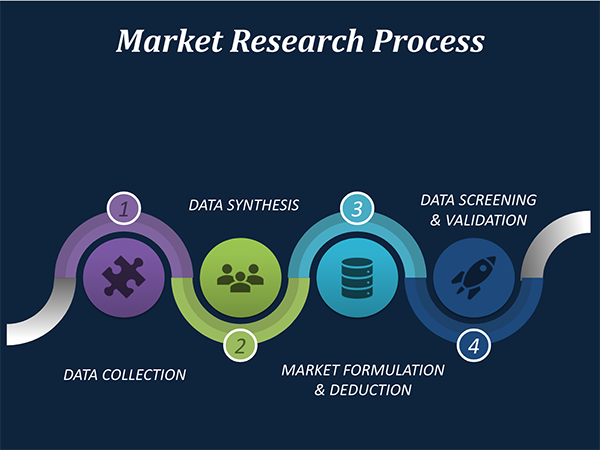
Data Collection: This stage of the market research process involves with the gathering and collecting of the market/industry related data from the sources. There are basically two types of research methods:
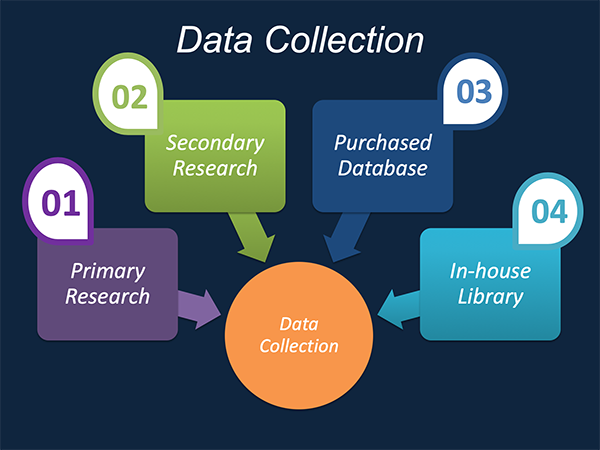
Data Synthesis: This stage includes the evaluation and assessment of all the data acquired from the primary and secondary research. It likewise includes in evaluating the information for any disparity watched while information gathering identified with the market. The data & information is gathered with consideration to the heterogeneity of sources. Scientific and statistical methods are implemented for synthesizing dissimilar information sets and provide the relevant data which is fundamental for formulating strategies. Our organization has broad involvement with information amalgamation where the information goes through different stages:
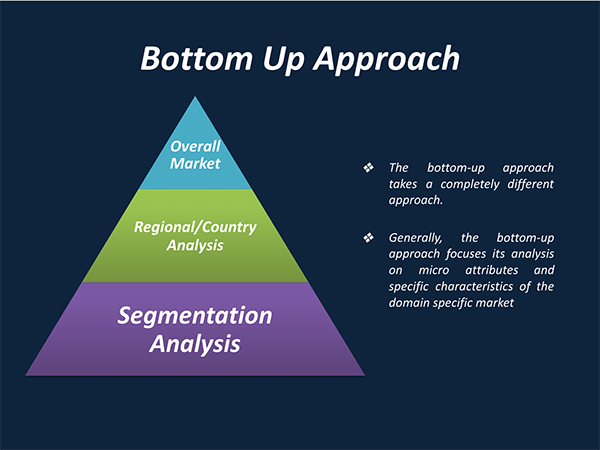

Market Formulation & Deduction: The last stage includes assigning the data & information in a suitable way in order to derive market size. Analyst reviews and domain based opinions based on holistic approach of market estimation combined with industry investigation additionally features a crucial role in this stage.
This stage includes with the finalization of the market size and numbers that we have gathered from primary and secondary research. With the data & information addition, we ensure that there is no gap in the market information. Market trend analysis is finished by our analysts by utilizing data extrapolation procedures, which give the most ideal figures to the market.
Data Validation: Validation is the most crucial step in the process. Validation & re-validation through scientifically designed technique and process that helps us finalize data-points to be used for final calculations. This stage also involves with the data triangulation process. Data triangulation generally implicates the cross validation and matching the data which has been collected from primary and secondary research methods.
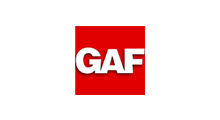

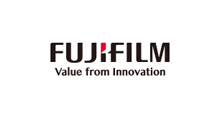


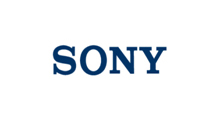
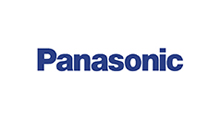
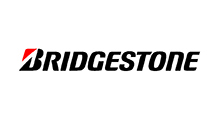
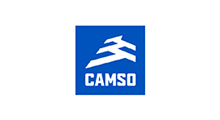
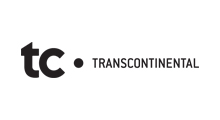
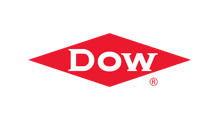
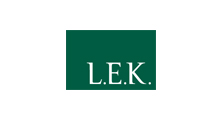


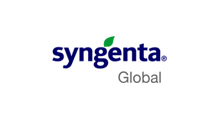


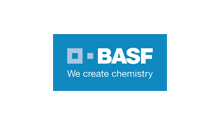
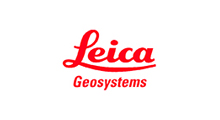
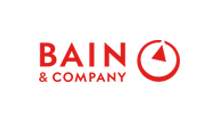

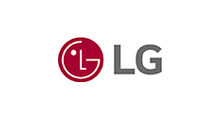
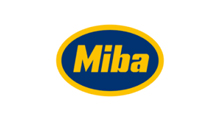

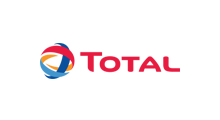
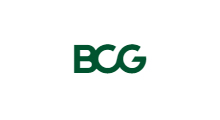
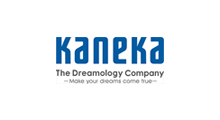
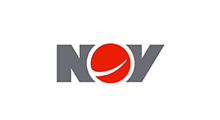

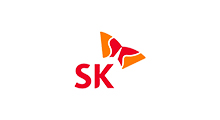
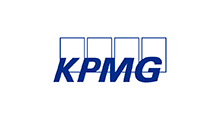

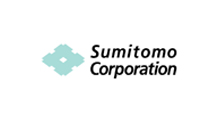


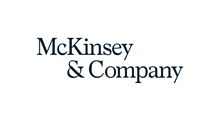


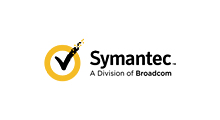
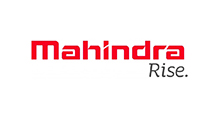
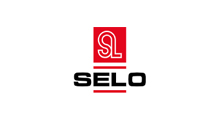
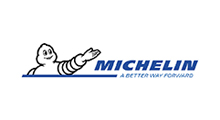

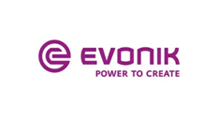

Free Customization
Countries can be added on demand
Free yearly update on purchase of Multi/Corporate User License
Companies served till date

We serve our customers 24x7 for 365 days through calls, emails and live chat options.

Huge database of exceptional market reports bringing market intelligence to your fingertips.

SSL enabled, we offer you various secured payment options for risk free purchase.